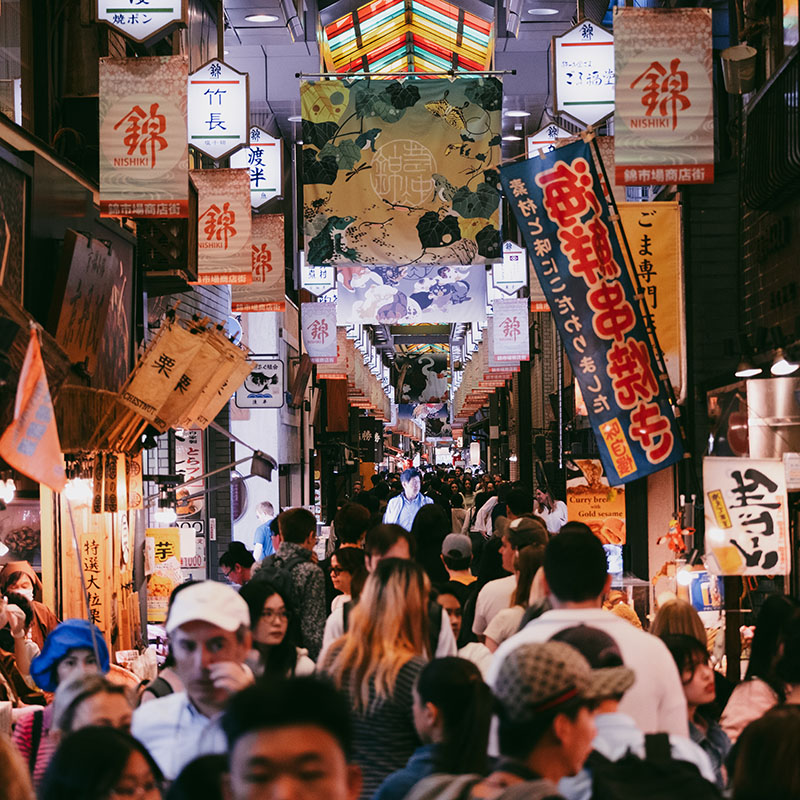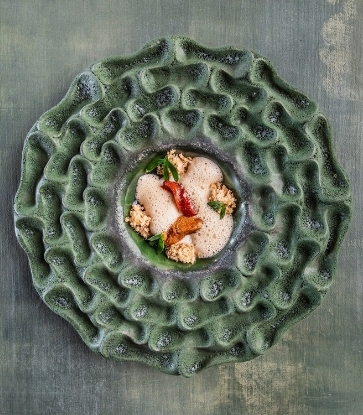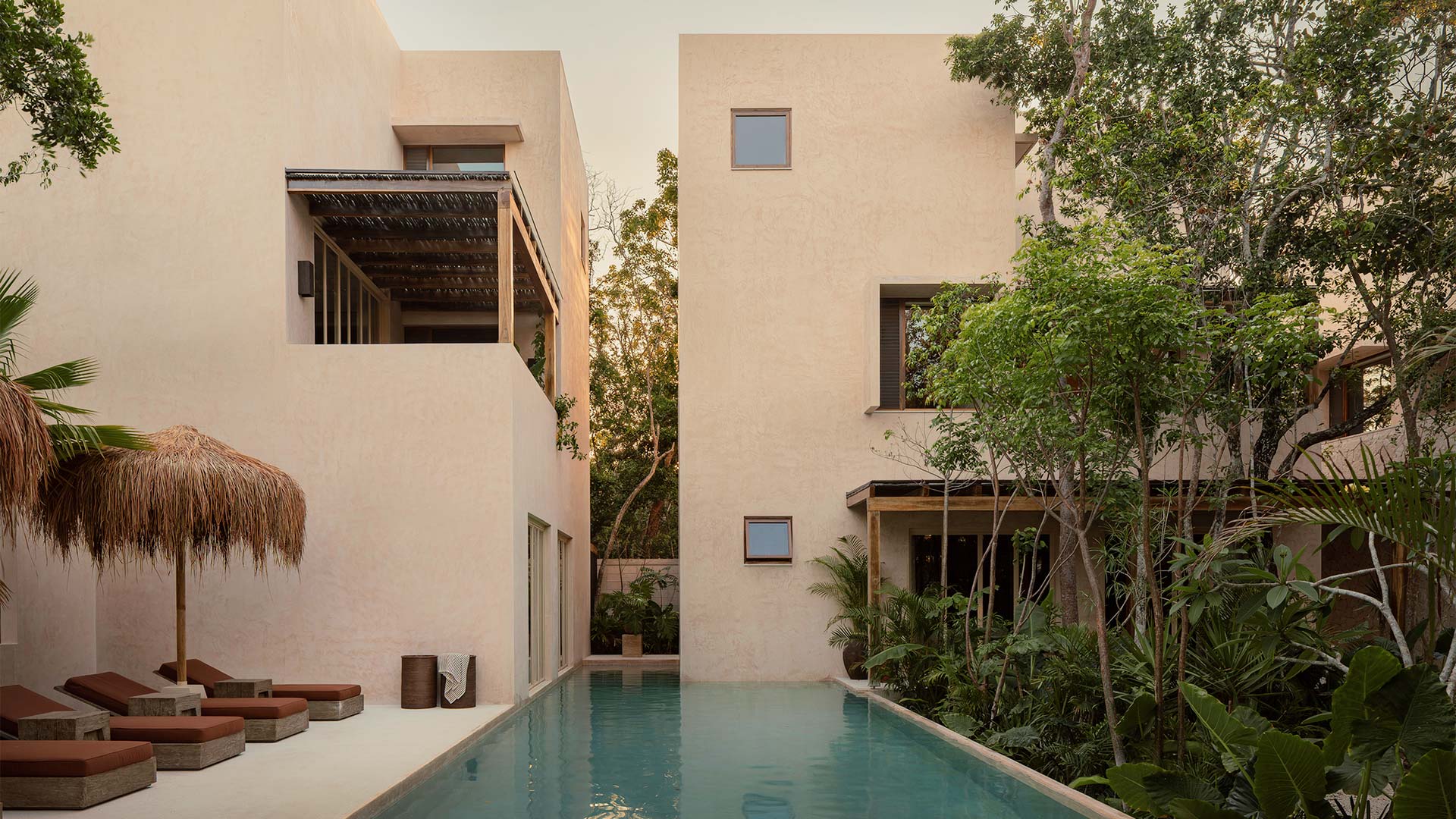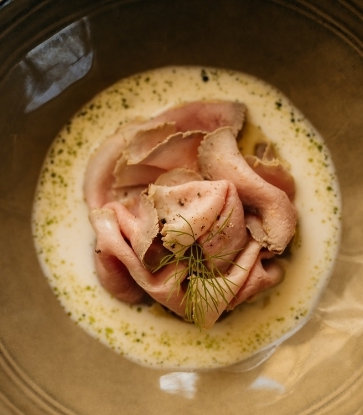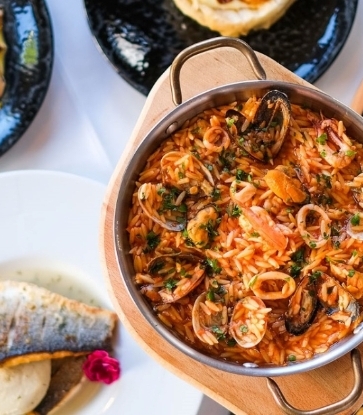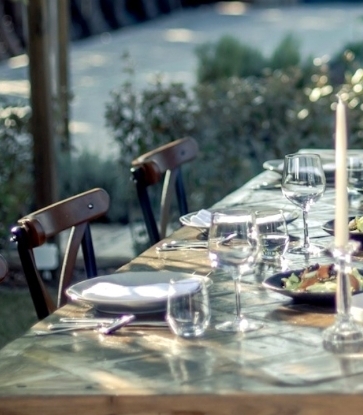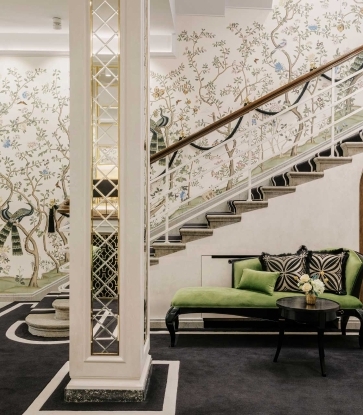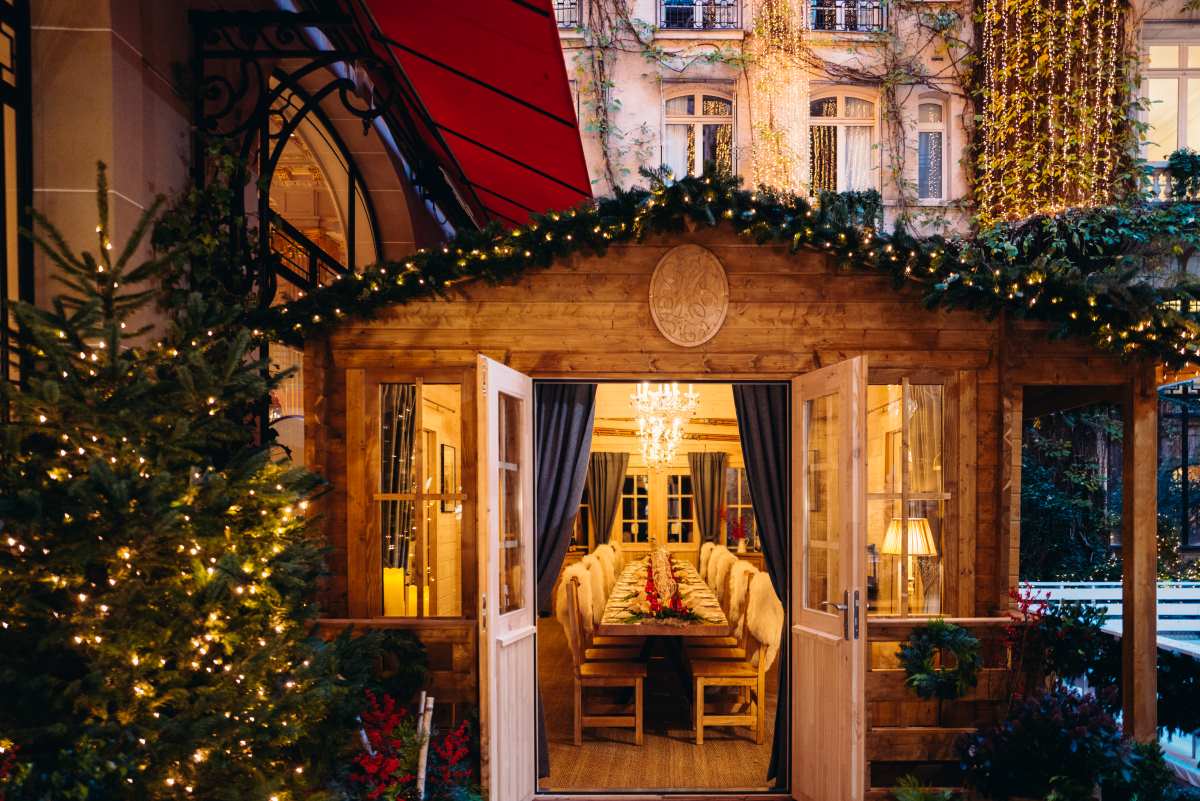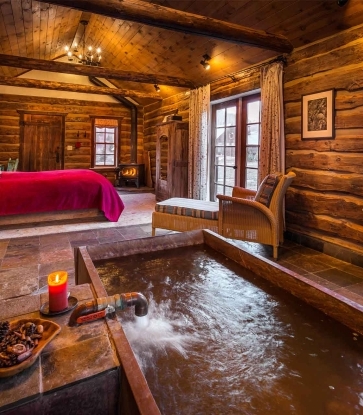The ryokan, Kyoto’s most iconic type of accommodation, is simple to define — in theory. Dating as far back as the 8th century, when early versions served as rest stops for weary travelers (including, in some eras, samurai), these traditional Japanese inns are generally recognized by a core set of features: tatami-matted rooms with futon bedding, an on-site garden, communal onsen (open-air hot spring baths where nudity is the norm), multi-course kaiseki meals, and impeccable hospitality, often with the deeply personal touch of the owner.
But today, even the most traditional ryokan incorporate present-day comforts throughout the experience, and some properties take inspiration from the ryokan concept while reimagining it entirely. With all this in mind, the term ryokan itself prompts no shortage of definitional debate.
The hotels below, however, are beyond question. See Banyan Tree Higashiyama Kyoto, Fufu Kyoto and Kyoto Granbell Hotel for a few favorite, ryokan-inspired accommodations. But the curated list below are ryokan pure and simple — even with a few concessions made to contemporary comforts. In each entry, we call out a few highlights on each side of the spectrum and provide an overview of the atmosphere.
The question becomes: just how authentic do you want it?
Year Founded: 1818
Traditional Amenities: Onsen and in-room kaiseki
Modern concessions: A “contemporary” wing
Hiiragiya has stood as a cornerstone of family hospitality for over six generations, and, with over 200 years running, it is among the oldest and most traditional ryokan in the city. The experience begins with kimono-clad staff who escort you to your room, accommodations adorned with tatami mats, fusuma (opaque, sliding doors traditionally made of wood and paper or cloth) and peaceful garden views.
You’ll find the most traditional ryokan experience in Kyoto in the historic wing (designated as a “national registered tangible cultural property”), but for an experience that makes a few more concessions to modernity, choose a room in the contemporary wing — a seamless blend of modern conveniences with traditional aesthetics.
In either case, the central location provides easy access to landmarks like Nijo Castle and, in the evening, the on-site restaurant highlights seasonal ingredients like locally-caught abalone alongside a chef's tasting menu with curated sake pairings.
Year Founded: 1831
Traditional Amenities: Public onsen, garden views
Modern concessions: Western-style bed options
Walk inside and you’re instantly transported to Kyoto's historic past. Paper scrolls adorn walls, while Hina dolls sit on antique tabletops with tea and traditional sweets awaiting in your room. Located a mere block from the Kamo River, this architectural gem offers classic tatami rooms within walking distance of Kiyomizu-dera Temple, the must-visit UNESCO World Heritage Site famously constructed without nails.
Gracious staff provides attentive in-room service, prepares futon beds each evening and serves elaborate kaiseki dinners. Tranquil gardens invite relaxation, while the ryokan’s etiquette and rituals, such as its traditional bathing customs, are a wonderful connection to centuries-old Japanese hospitality.
Book Seikoro Ryokan with The MICHELIN Guide →
Year Founded: 1873
Traditional Amenities: Ikebana flower arrangements
Modern concessions: Western breakfast option
This may be the epitome of Japanese luxury, from the One MICHELIN Star restaurant to the delicate wooden architecture. Despite the location in buzzing downtown Kyoto, the charm of Kanamean Nishitomiya is its timelessness. Eight traditional tatami rooms feature ikebana flower arrangements — traditional asymmetrical bouquets — alongside modern touches like Bose sound systems and underfloor heating, while the dining experience is a kaiseki meal that has maintained its MICHELIN Star for 16 consecutive years. Personalized service from the charming owners is just another perk on top of many.
Book Kanamean Nishitomiya with The MICHELIN Guide →
Year Founded: 1932
Traditional Amenities: Public onsen, handcrafted calligraphy
Modern concessions: Art Deco style-architecture
Built in 1932 for a member of the Imperial family, this remarkable inn is nestled at the base of the foothills of Mt. Daimonji in what is perhaps Kyoto’s most scenic quarter. The classical Japanese architecture is blended with a subtle Art Deco influence, while a regal atmosphere is underlined by stained glass windows, fine wooden parquet floors, and the imperial Chrysanthemum Seal woven into decorations throughout the spaces.
First-floor tatami rooms feature shoji screens — a sliding door, window, or room divider made from a wooden lattice frame and covered with translucent paper — that open onto lush gardens, while second-floor accommodations boast sweeping views of Kyoto's eastern mountains. Located near Yoshida Shrine and the Philosopher's Walk, the property offers dining spaces that incorporate seasonal features such as cherry blossoms and autumn foliage.
Year Founded: 1895
Traditional Amenities: Private kaiseki dining, traditional tea time
Modern concessions: Western-style bathrooms, curated art
An immersive, garden-side retreat tucked near the historic Nanzenji Temple and the Philosopher’s Walk — a picturesque stone path lined with cherry trees — this family villa-turned-boutique ryokan is a masterful blend of traditional Japanese design and modern luxury. Serene tea rooms and minimalist interiors are set within the beautifully landscaped gardens, while sleek furnishings and curated art pieces add a contemporary ambiance that nonetheless maintains the ryokan’s understated elegance.
Book Nanzenji Sando Kikusui with The MICHELIN Guide→
Year Founded: 1962
Traditional Amenities: Riverside kawadoko, irori hearths
Modern concessions: Western-style bathrooms
Located a 30-minute drive outside Kyoto, this exclusive boutique ryokan offers just two suites, total, each suitable for up to four guests. One is traditional Japanese, the other modern contemporary — each is surrounded by lush mountains and the adjacent Kibune River. Guests enjoy exquisite dining on riverside platforms (kawadoko) in summer for seasonal kaiseki, or warming hot pot dishes in winter, all crafted from locally sourced ingredients. In winter, irori hearths — fire pits built into the floor of a room — are a welcome, traditional touch.
Both suites feature open-air baths, fireplaces and a romantic ambiance, ideal for a couples escape. More active travelers will find the nearby Kurama-Kibune hiking trail, with its gorgeous mountain views and forest landscapes.
Book Kifune Ugenta with The MICHELIN Guide →
Hero image: Yoshida Sanso
